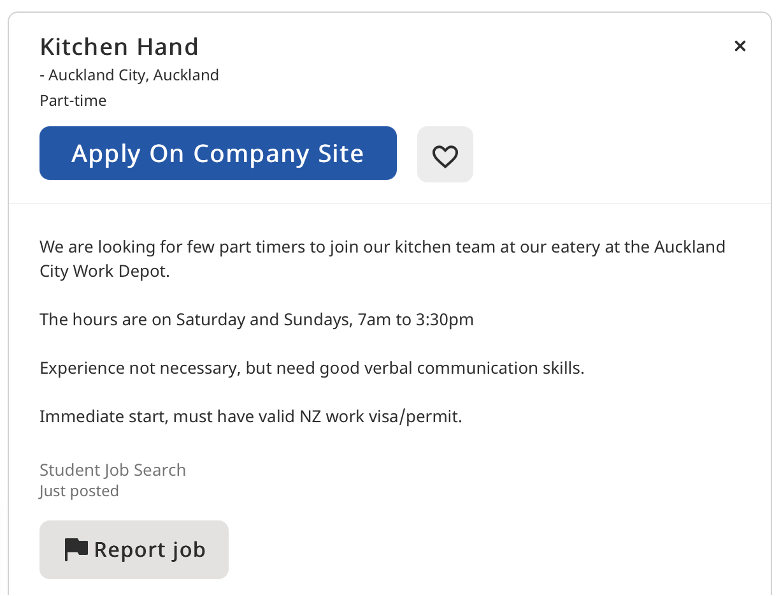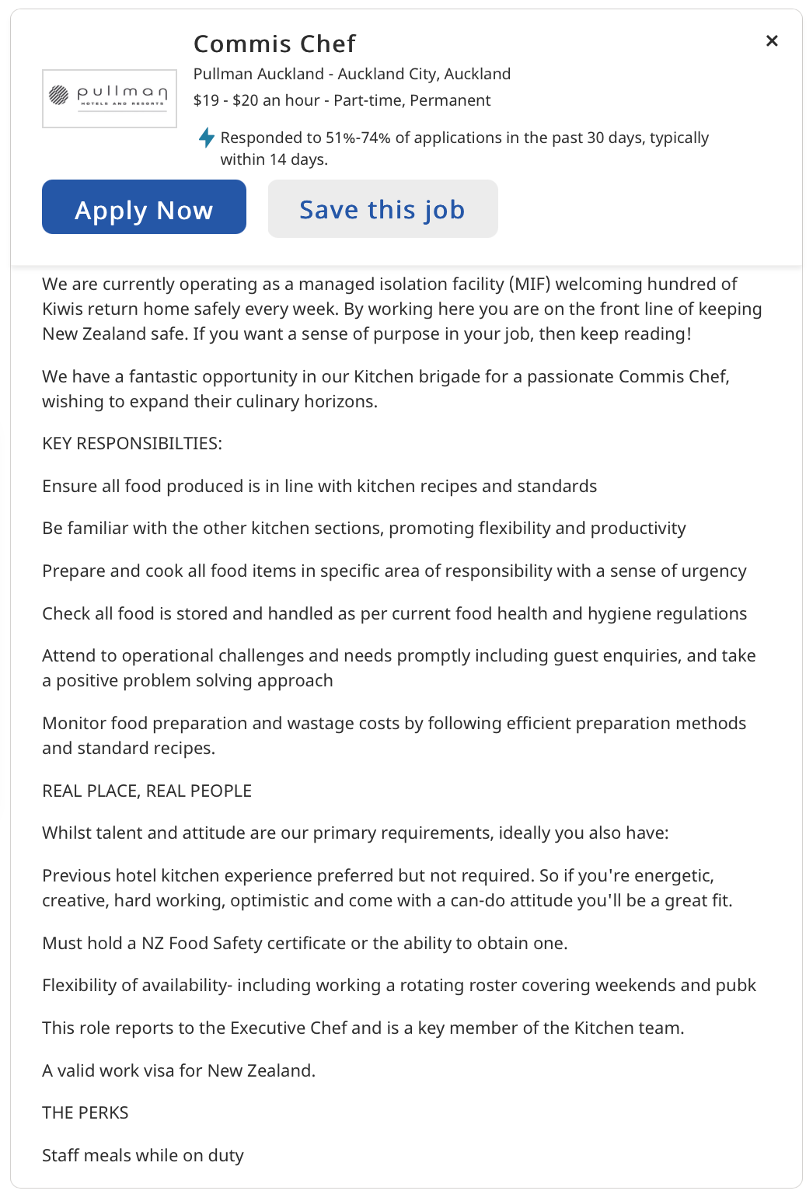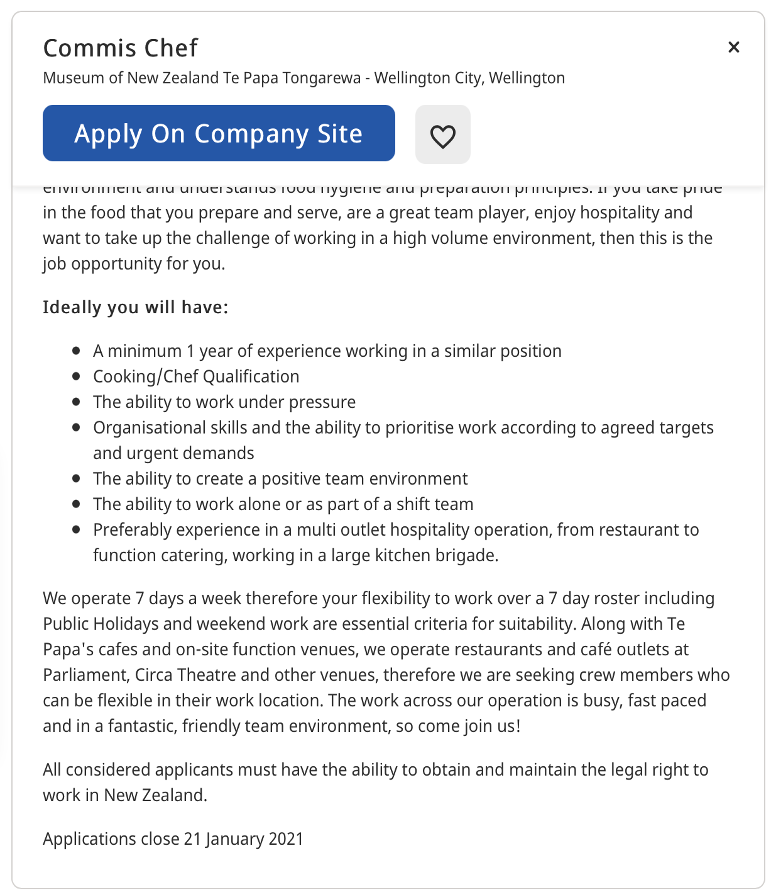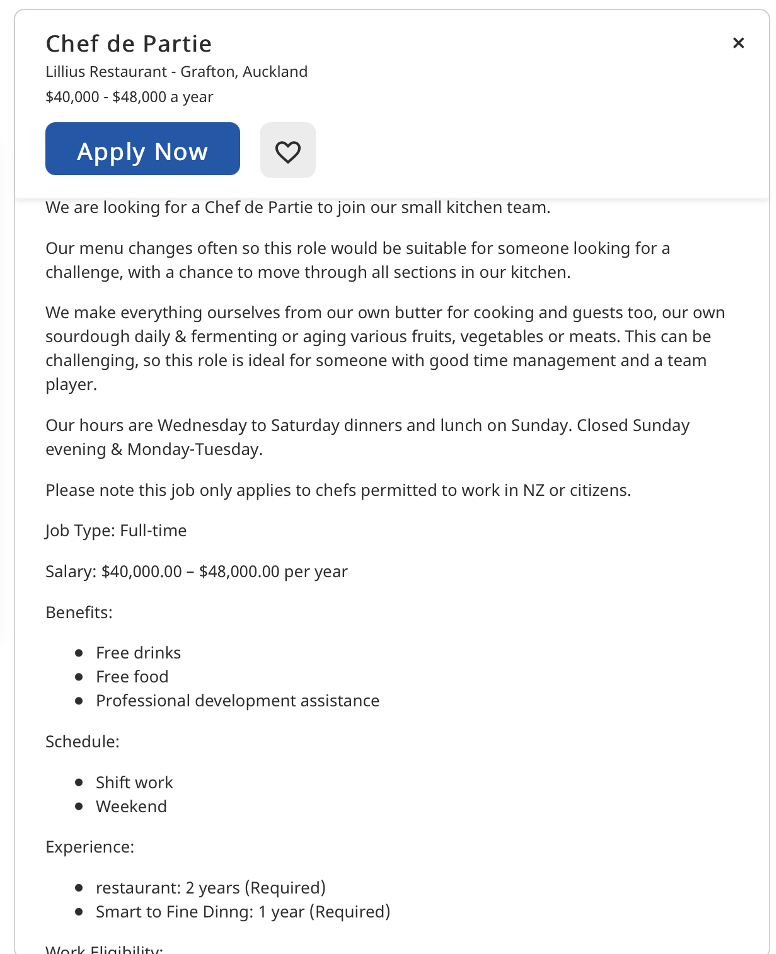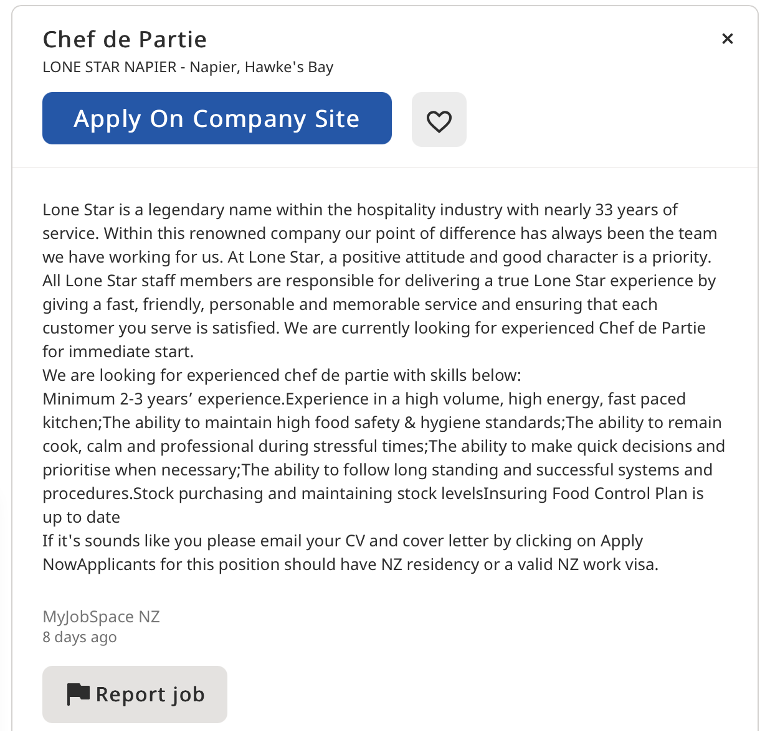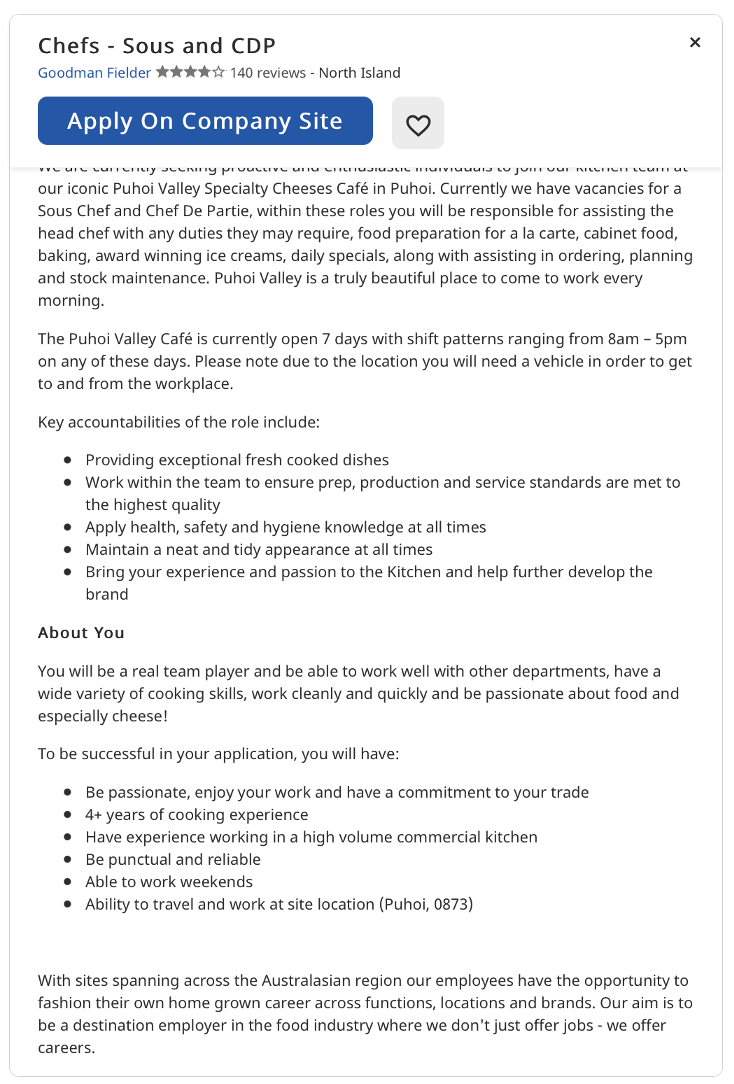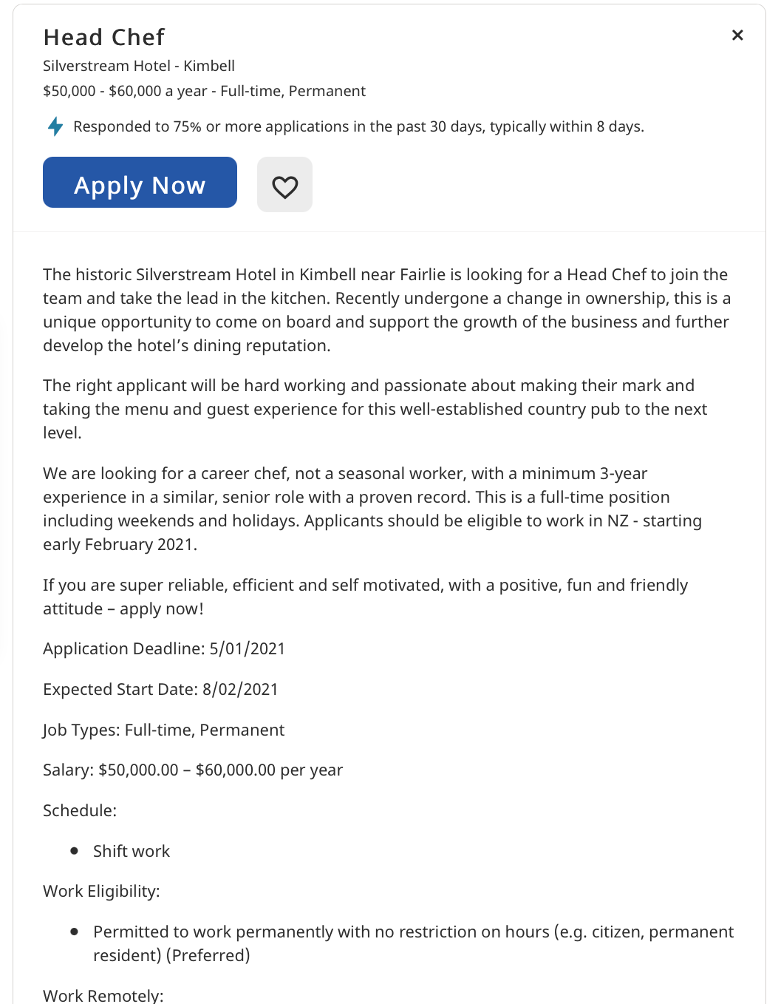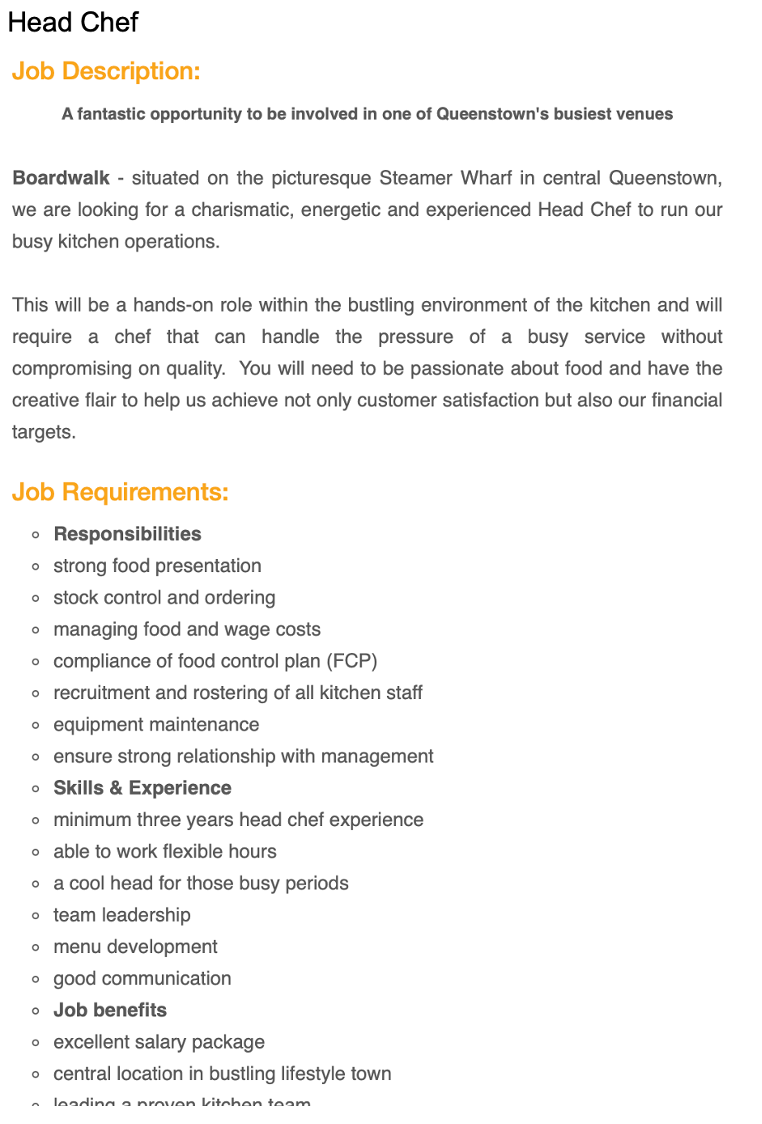Welcome to Module 2! The Managing People Course is made up of two parts. Each part has one written assessment worth 4 credits (a total of 8 credits).
- 3.1 Managing Staff Relationships.
- 3.2 Training Strategies.
Both sections examine how to create and maintain an effective and productive workplace. The theoretical material will help you understand what it means to work as part of a team and eventually to lead a team in a harmonious workplace, whether it be a kitchen environment or another. We will begin with 3.2, followed by 3.1.
3.1 Managing Staff Relationships - looks at kitchen workplace scenarios showing communication, teamwork and cultural awareness problems, and we look at how to identify these issues and work through strategies to avoid or eliminate them.
3.2 Training Strategies - focuses on the process of getting new employees up to speed in a new job in an efficient and productive way. It looks at key points such as defining detailed job descriptions to ensure a good fit between organisation’s requirements and potential employees, the induction process to get a new employee as productive as possible as quickly as possible and maintaining and improving knowledge and skills through training.
Share
What are some of the things you might need to work on to develop the skills and judgement required to manage a culinary team? What do you hope to gain from this Managing People Course? Head over to the discussion forum and share your thoughts.
As you are certainly aware, commercial kitchens are busy and physically demanding places to work in, ones in which communication and teamwork are vital to smooth running. Finding the right person to fit a specific job is a very important part of running an efficient and harmonious workplace – and commercial kitchens are no exception.
Recruitment and training of new staff is expensive and time consuming, and hiring the wrong person can cause many problems for the business.
To help in getting the right person for the job, defining what the job is and what the ideal candidate should be like is an important part of the process.
Creating a job description helps in identifying the employee required by the business, and also helps people looking for work identify jobs for which they are suited and qualified for.
A job description defines the duties and responsibilities an employee is expected to perform. It is used in the recruitment process and is included in the employment contract. It contains a lot of detail about what the employee is expected to do, when and where they will work, legal requirements for employment etc.
Watch
Watch the video on the importance of job descriptions. Make notes as you watch. Did you learn anything new? What do you think was the most import piece of advice from the video?
You may wish to take a screen shot to fully appreciate the number of stakeholders associated with the job description.
Self-Directed Learning
Search online for culinary job advertisements and job descriptions. (Which websites did you use?) Additional job advertisements can be found on the following pages.
- List the ten most important key features you think should be included in an effective job description in your journal
- Research what ‘experts’ consider to be the necessary components of a job description. Compare your list with other class members on the discussion board.

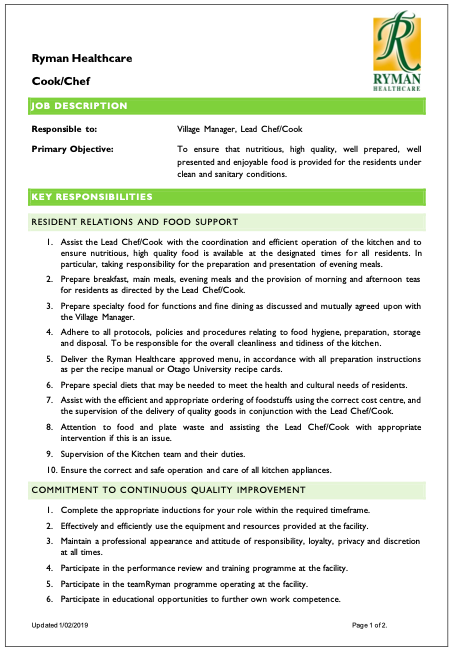
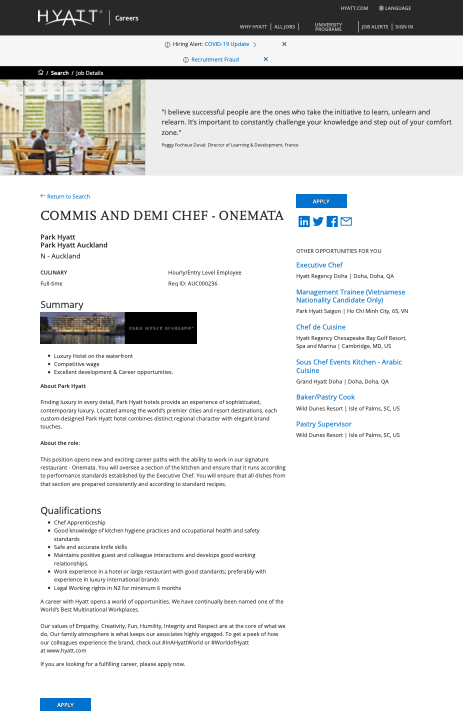
From the previous session you have probably identified a job title as a key element in a job description.
A 2020 Indeed survey found that 36% of job seekers that use job sites search for a job using the title of the job they’re looking for.
Job Titles in the Hospitality Industry
- Hotel General Manager
- Group Sales
- Spa Manager
- Event Planner
- Wedding Coordinator
- Event Manager
- Executive Chef
- Cook
- Beverage Manager
- Front Desk
- Concierge
- Bellhop
Read about the different types of job titles via this link. Click on the Restaurant button (in Service Industry Job Titles) to find out more about your specific industry.
Exercise 1
- In your journal make notes about the importance of an accurate job title to both potential employees and employers.
- Next make a list of 10 job titles you would expect to find in a fine dining restaurant – think about both kitchen and front of house staff.
- Refer back to the article above to decide whether these job titles are describing:
- The responsibilities of the position.
- What the person does on the job.
- Both the job level and job responsibilities.
Self-Directed Learning
- Search job advertisements and descriptions to pick out the key information to help you decide if position is suitable to apply for.
- Which factors determine whether or not you would apply for a position? Explain in your journal why these are these important. Your tutor will discuss your journal entries with you.
This is the part of the job description which outlines exactly what the employee is expected to do on a day-to-day basis. It should include all the tasks needed to be carried out and should be detailed, but in simple language. A comprehensive list will ensure a candidate gets a good picture of what a work day would be like and if they would be a good fit. Visit indeed.com
Exercise 2
Think about your current job or a job you have had in the past (e.g. think about your internship position from the Level 4 Certificate Course). What was your job title and what were your key responsibilities and duties? Copy and complete the table in your journal.
| Job Title | |
| Employer | |
| Duties & Responsibilities |
Watch
Watch the video showing the potential consequences of misunderstanding your job description.
Self-Directed Learning
Read this article which talks about a day in the life of a Restaurant General Manager. Summarise the key duties and responsibilities in a list using bullet points.
Compare and contrast the duties and responsibilities of Restaurant General Manager to those of a General Manager in another sector such as manufacturing or retail. You may use a Venn Diagram to summarise the similarities and differences you have noted – similarities are listed in the intersection and differences are on either side.
Load your Venn Diagram to the class discussion board and note what others have written.
Exercise 3
These 2 words are often used together in job descriptions and are closely related to each other. However, they do have different meanings and each of them addresses different qualities in a job candidate or employee.
- Research the definitions of the terms “skills” and “capability” and using your own words, write their meanings in your journal. Include some examples with your definitions.
- Thinking about the job you defined in the previous session, describe the skills and capabilities needed to perform that role effectively. Create and complete the table below in your journal.
Example table:
Job Title:
| Skills needed | Capabilities needed |
|---|---|
Self-Directed Learning
What skills and capabilities can you offer to a prospective employer? What are you good at? Learn more about the skills employers are looking for here.
Complete the My Employability Skills Exercise including the Worksheet and Skill Matcher. (Is a culinary career the right fit for you?)
Think about all the skills you have acquired and the experiences you have had. They don’t have to be in the same field in order to show you have the skills and experience suitable for a position e.g. if you have coached a sports team you probably have great mentoring skills which would be an asset to any team. Think about all the qualities you have and how they could make you a great fit for a workplace or role.
Record your results so you can use these on your CV.
Experience
The amount of experience required and the qualifications needed to be an effective employee depend on the requirements of the job. Junior or entry-level roles should require only minimal (or sometimes even no) previous experience – e.g., a kitchen hand position may be suitable for someone taking their first job. Senior positions (Head Chef, Sous Chef, Chef de Partie) often require the candidate to have several years’ experience, and be able to show progression in their career towards the position advertised. However, the amount of required experience will depend on the particular job itself and vary from employer to employer for the same role.
Qualifications
As with experience, the need for specific qualifications varies greatly from job to job and from workplace to workplace. Some examples of qualifications which may be required include basic food safety certificates, culinary school certificate or diploma, City and Guilds certificates etc. Often, as you progress in your career qualifications become less important than experience, and often employers will look at your work history first.
Legal Right to Work
One important factor when considering whether a job candidate is qualified to do the job is their legal status to be employed in New Zealand – a valid work permit/visa or residency/citizenship should be determined.
Exercise 4
- Look at the following job advertisements and job descriptions for kitchen staff at different levels.
- Research more advertisements for these same positions.
- Build a list of skills, capabilities, experience and qualifications you find and summarise these for each job type using this downloadable template (you may need to create a larger table depending on the amount of information collected).


